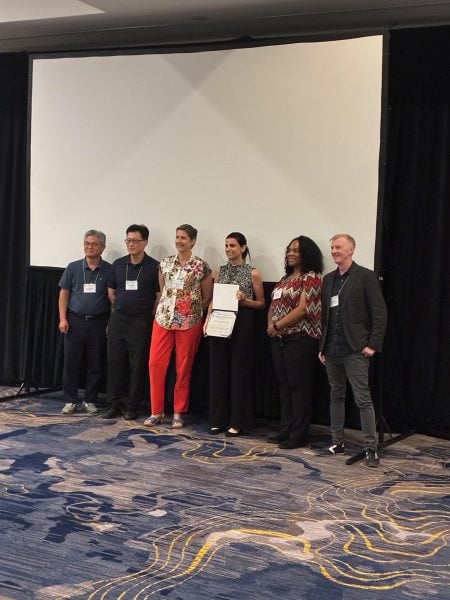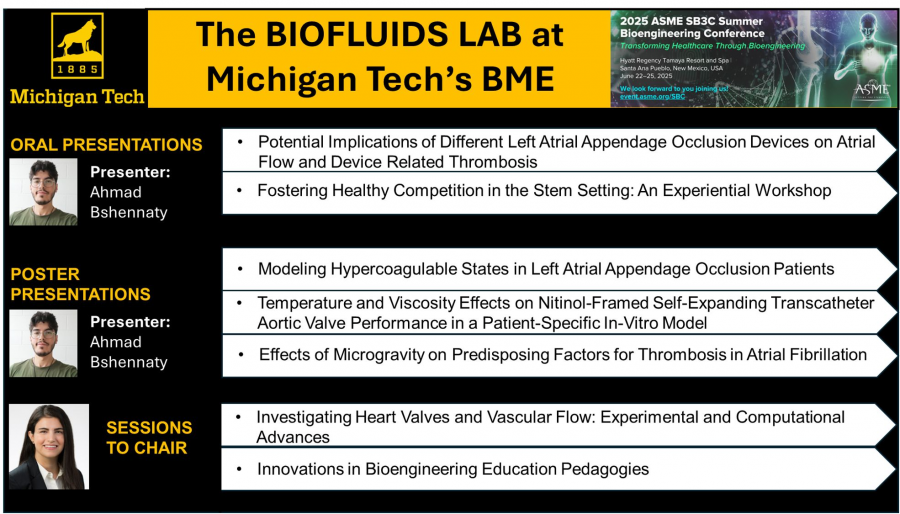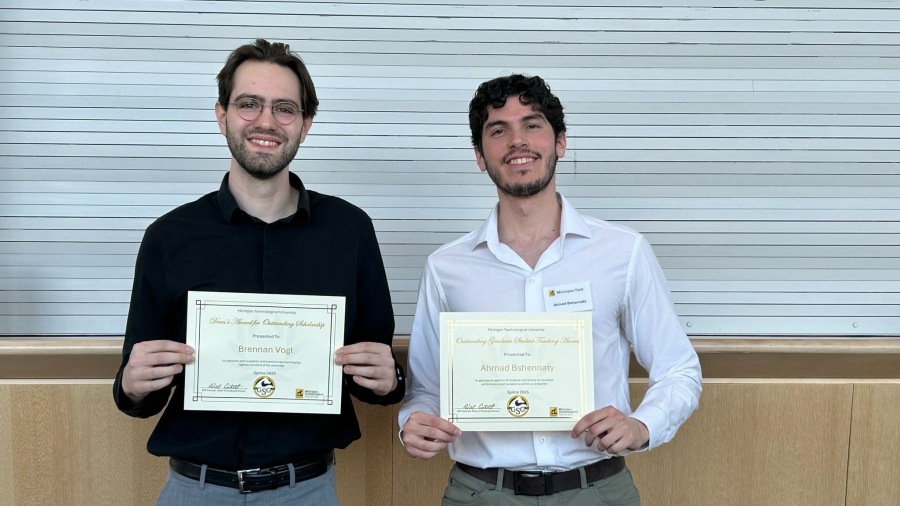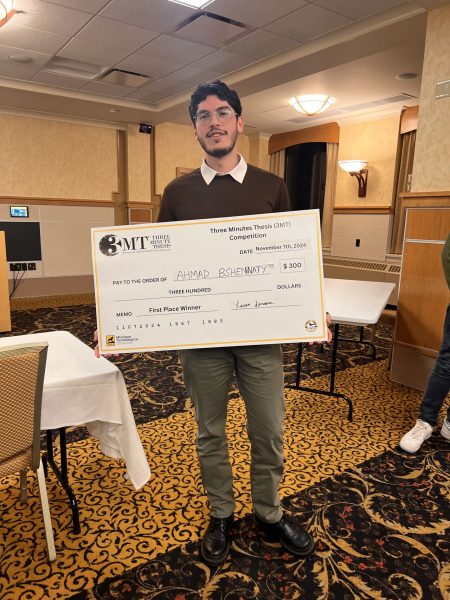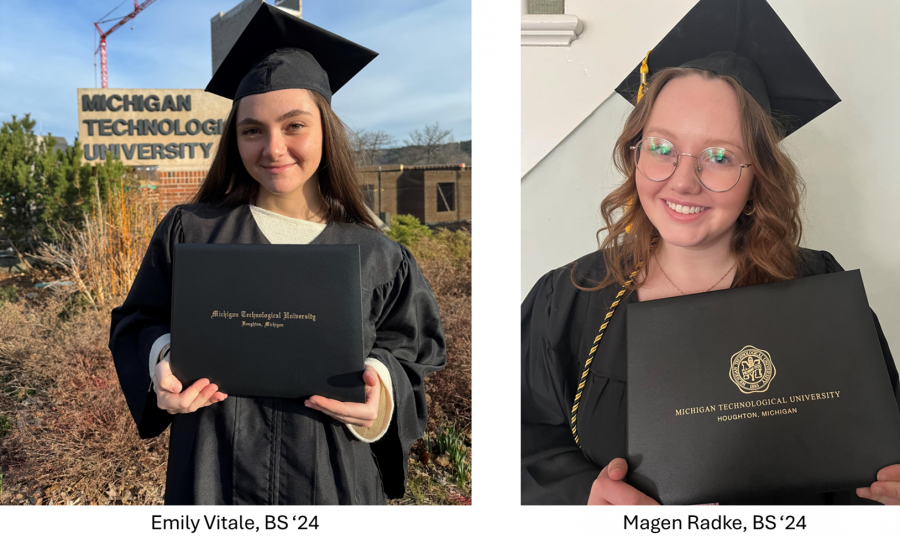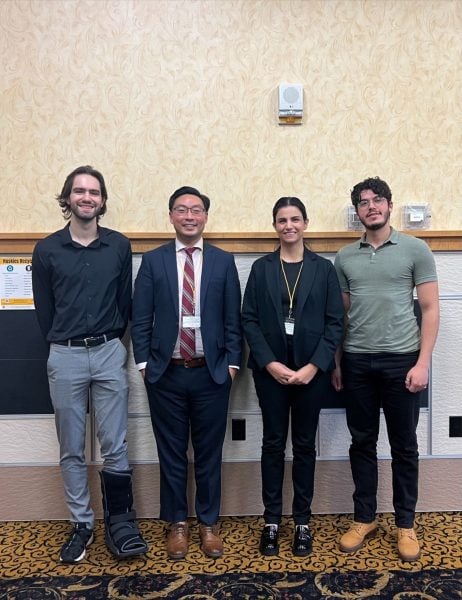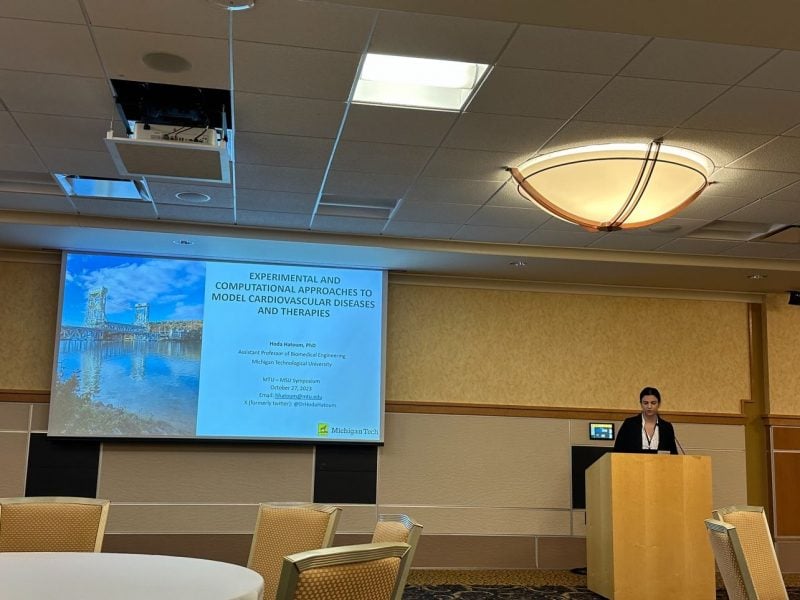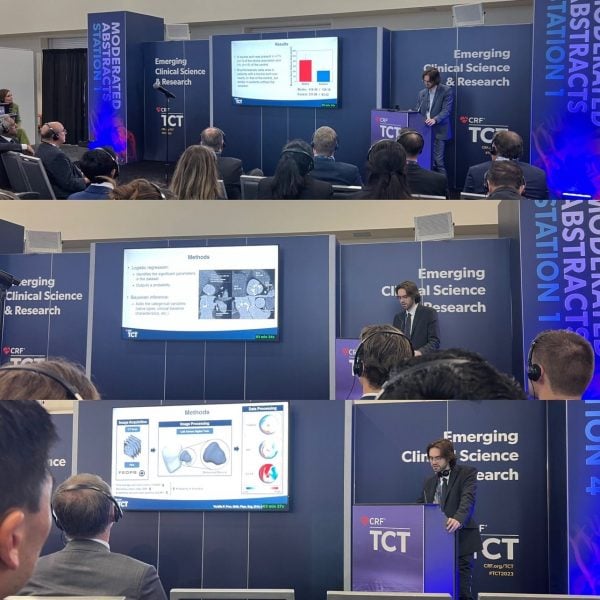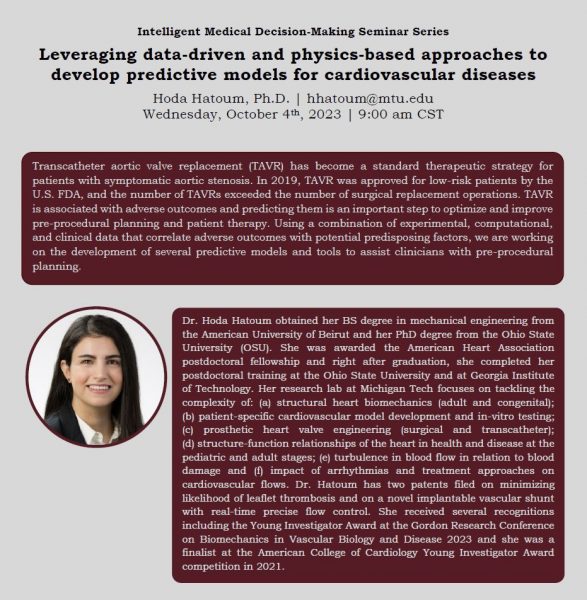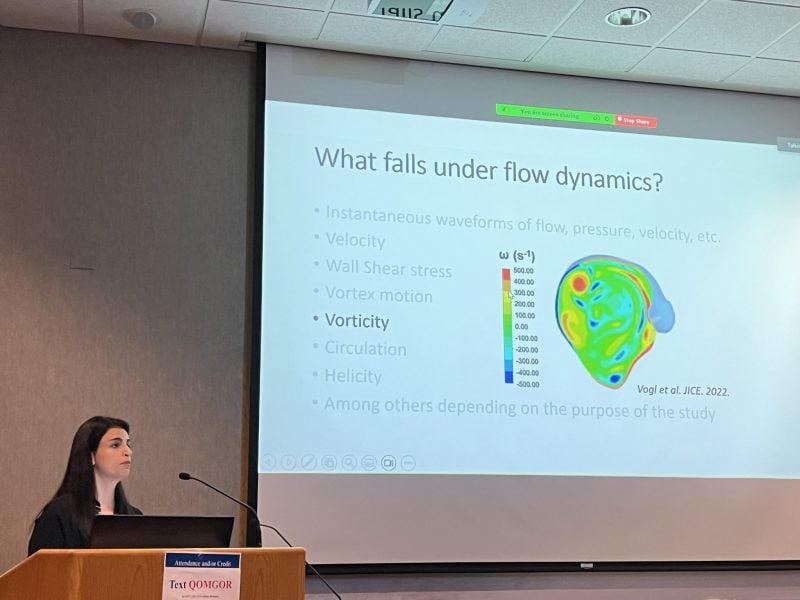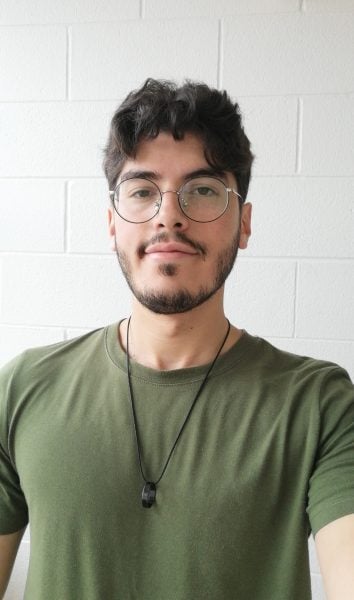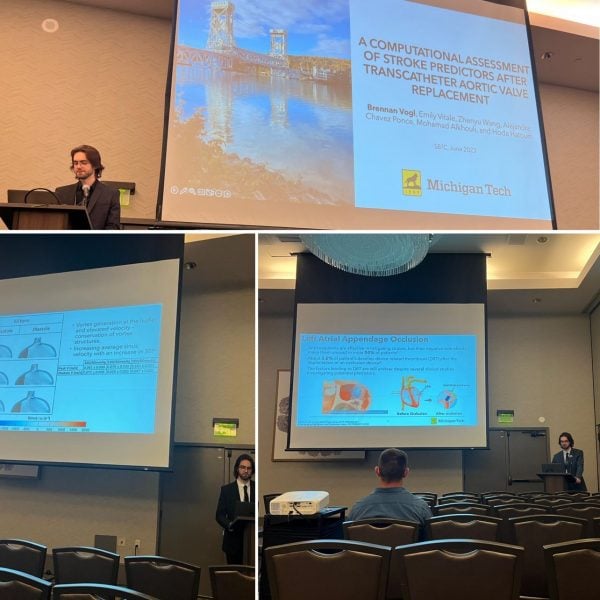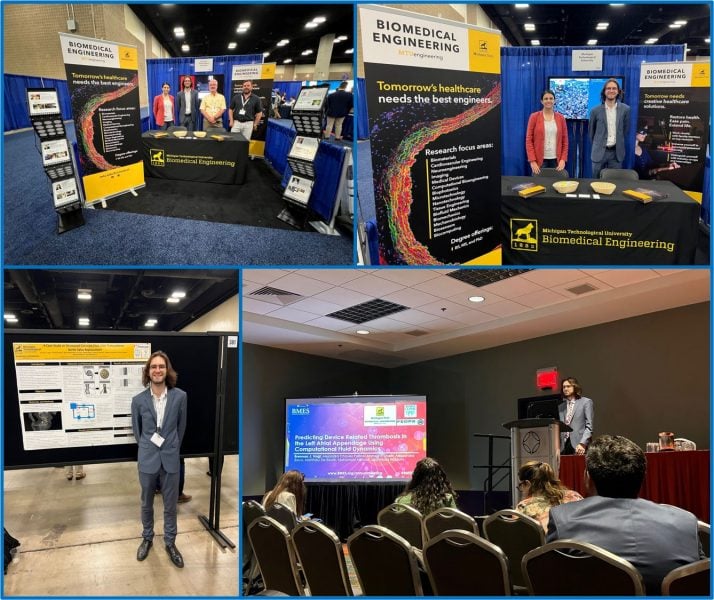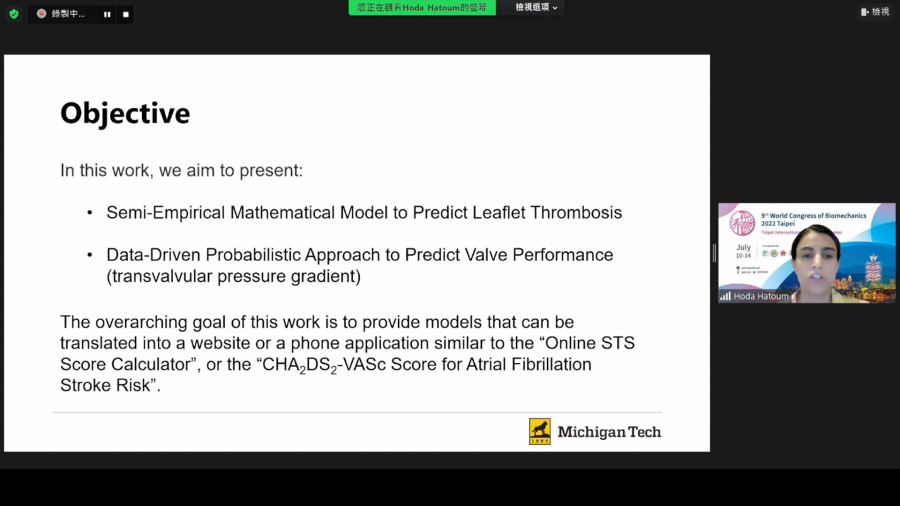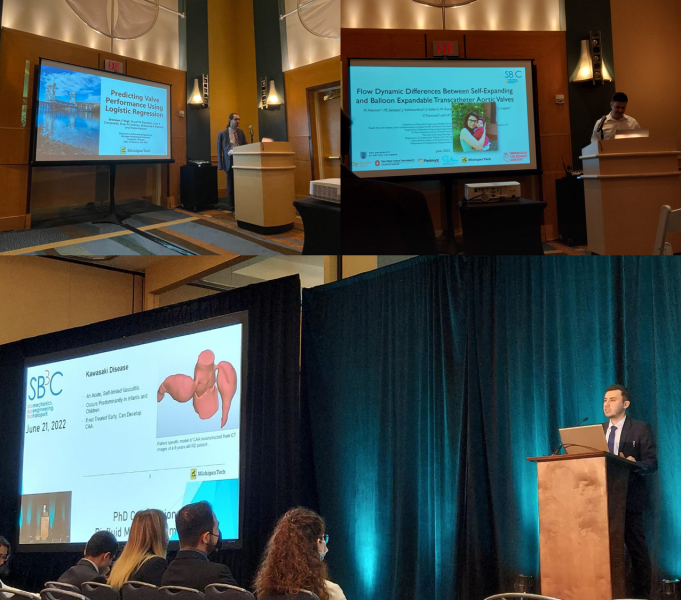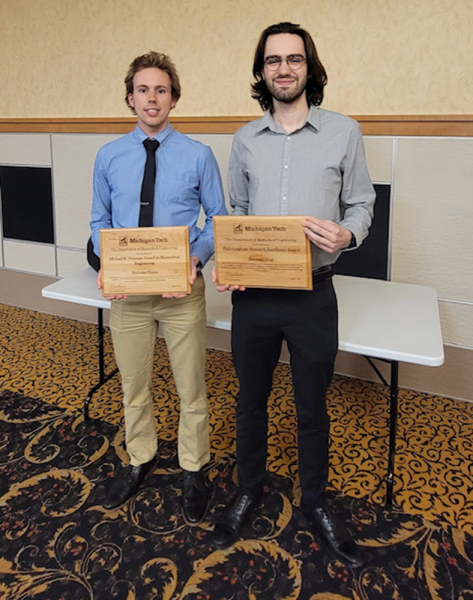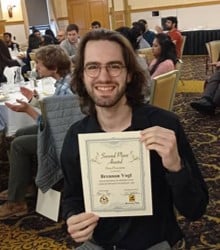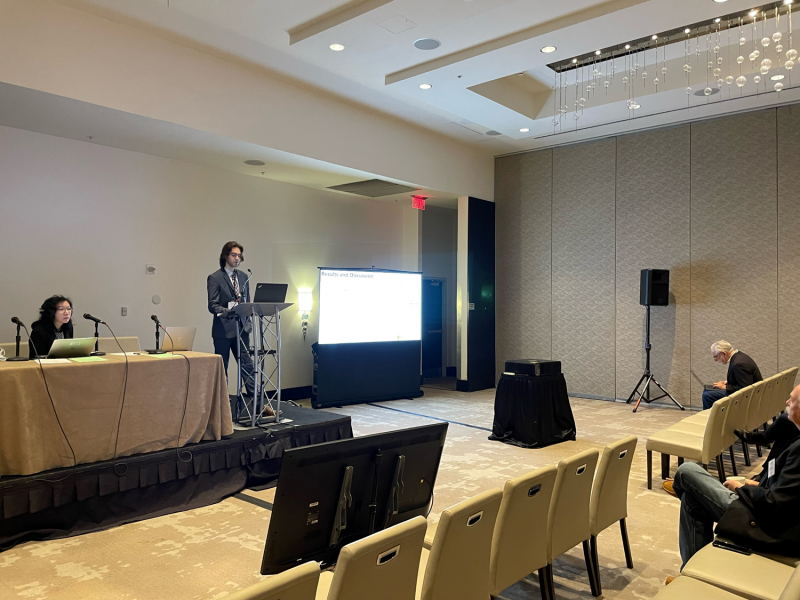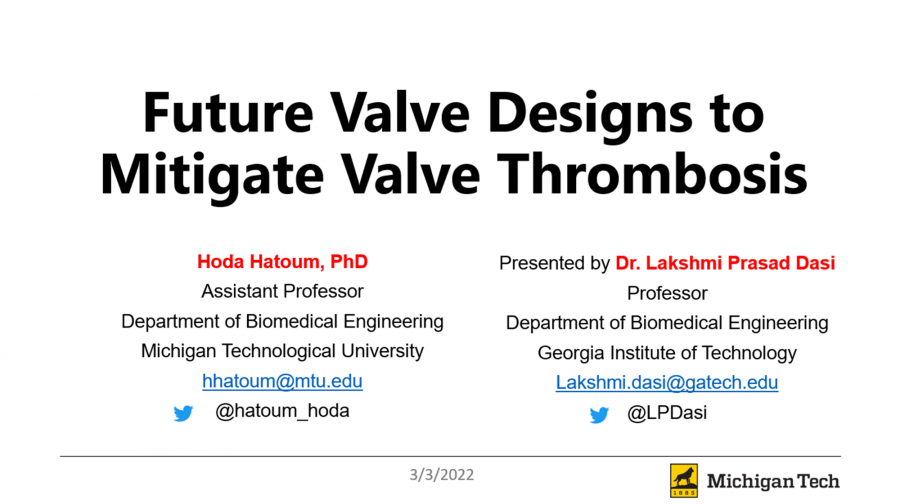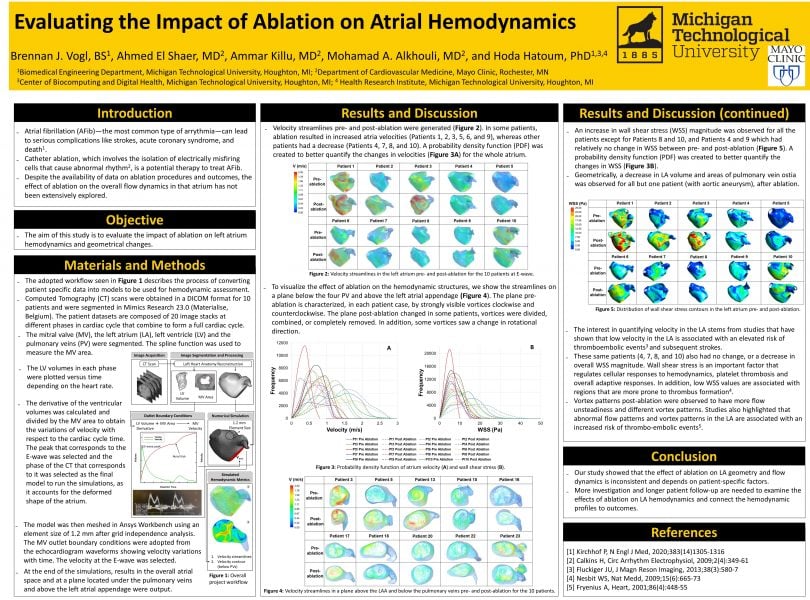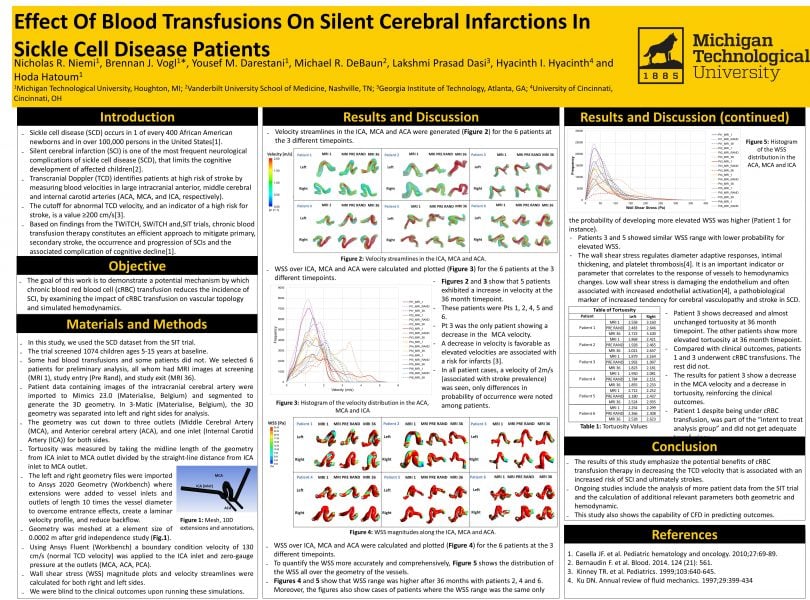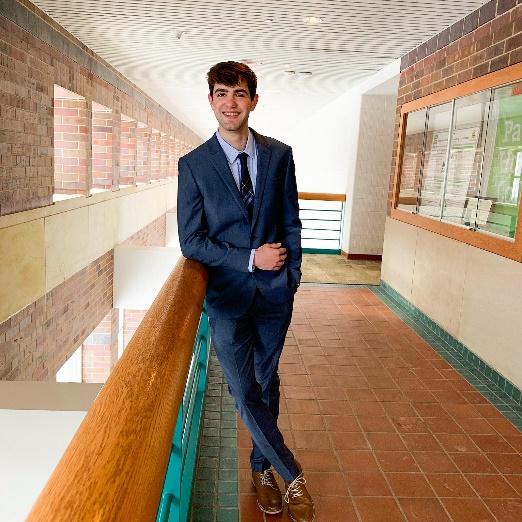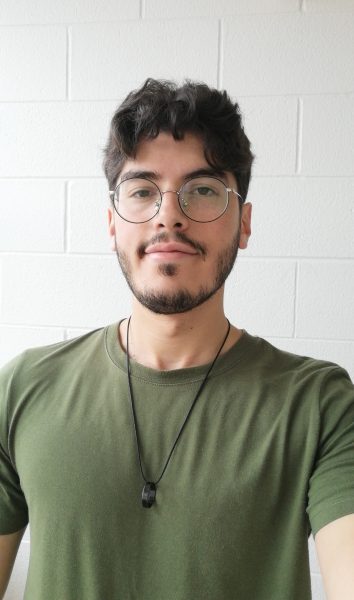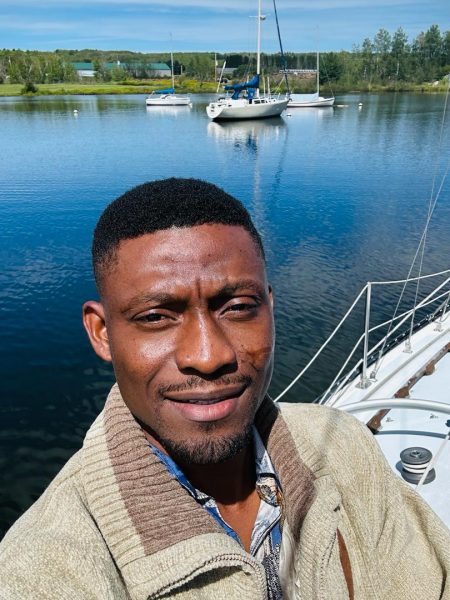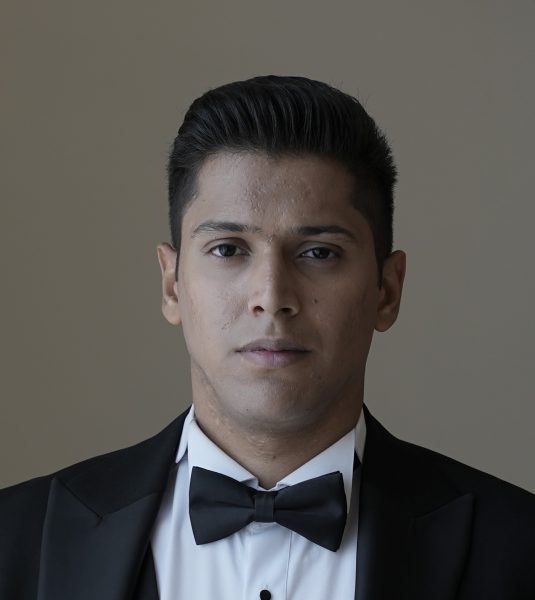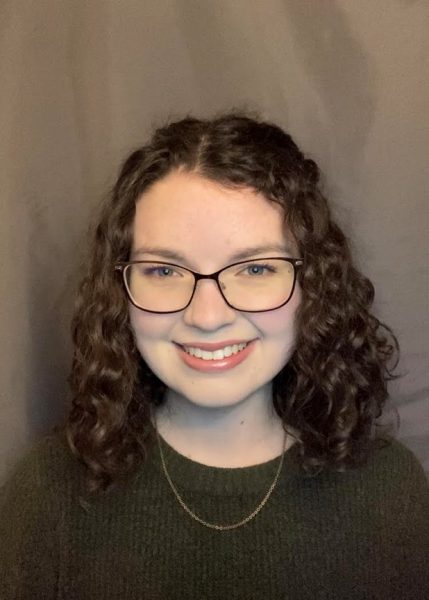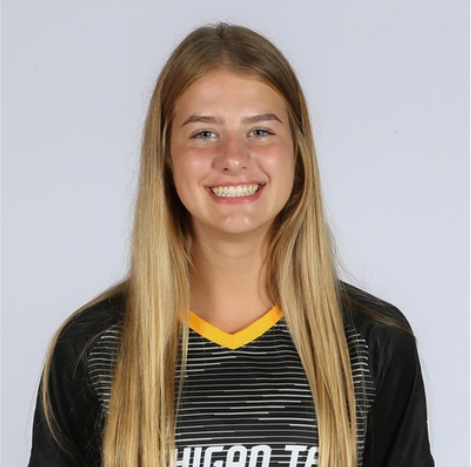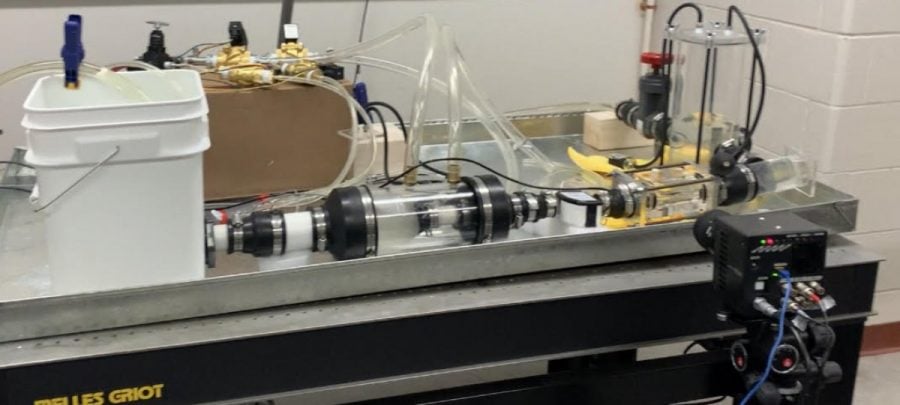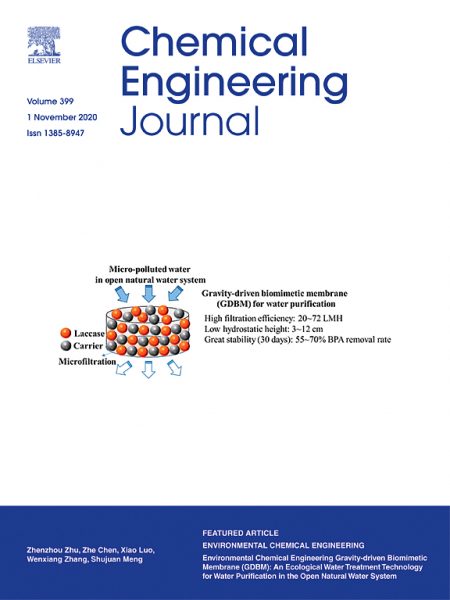**Dr. Hatoum was elected to serve as vice-chair of the American Society of Mechanical Engineers (ASME) BioEngineering Division (BED) Fluid Mechanics Technical Committee! This is a 6-year commitment.**
**Congratulations to PhD student Ahmad Bshennaty on his latest paper now published in the Journal of Biomedical Engineering Education!
Sulejmani, Fatiesa, Ahmad Bshennaty, and Hoda Hatoum. “Observations on the Influence of Experiential Teamwork and Competitive Activities on Student Perceptions, Engagement, and Motivation in the Context of a K-12 STEM Workshop” Biomedical Engineering Education (2025): 1-16.
Link to paper: https://link.springer.com/article/10.1007/s43683-025-00199-1**
**Dr. Hatoum was selected to serve as the co-chair of the membership committee of the International Society for Applied Cardiovascular Biology (ISACB)**
**Dr. Hatoum was awarded a National Institutes of Health (NIH) Grant to develop methods to stratify the risk of thrombosis in Kawasaki Disease beyond the z-score using flow dynamic analysis. This is a potential 3-year project and is in collaboration with Chicago Lurie’s Children’s Hospital and Nationwide Children’s Hospital!**
**Congratulations to Ahmad Bshennaty for successfully passing his candidacy examination! Ahmad is now a PhD candidate!**
**Dr. Hatoum was invited to give a talk at the Gordon Research Conference (GRC) on Biomechanics in Vascular Biology and Disease in Ventura, California (July 20 – 25, 2025). The talk was titled “Beyond Flow Patterns: Paving the Way Toward Mechanobiological Insights in Cardiovascular Disease”.
Dr. Hatoum was awarded the GRC Connector Award for exemplifying the five pillars of excellence – Positivity, Engagement, Relationships, Meaning, and Accomplishment – through outstanding efforts to foster new collaborations and deepen connections within the Vascular Biomechanics GRC community.**
**Wrapping up a great busy week with our Michigan Technological University’s Summer Youth Program where 13 motivated high-school students learned about experimental and computational methods in Biomedical Engineering, specifically Biofluid Dynamics. The first 3 days were dedicated to Particle Image Velocimetry (PIV) experiments and data analysis, and the last 2 days were dedicated to understanding medical imaging, learning how to segment 3D geometries, and run Computational Fluid Dynamic (CFD) simulations.
It was a joy to watch these students engage with these complex concepts and actually succeeding at making things work!
A huge shoutout to PhD student Ahmad Bshennaty who led this class, to undergraduate student Joey Marano for supporting, and to BiofluidsLab MS student and alumnus Rajat Gadhave for the designs!**
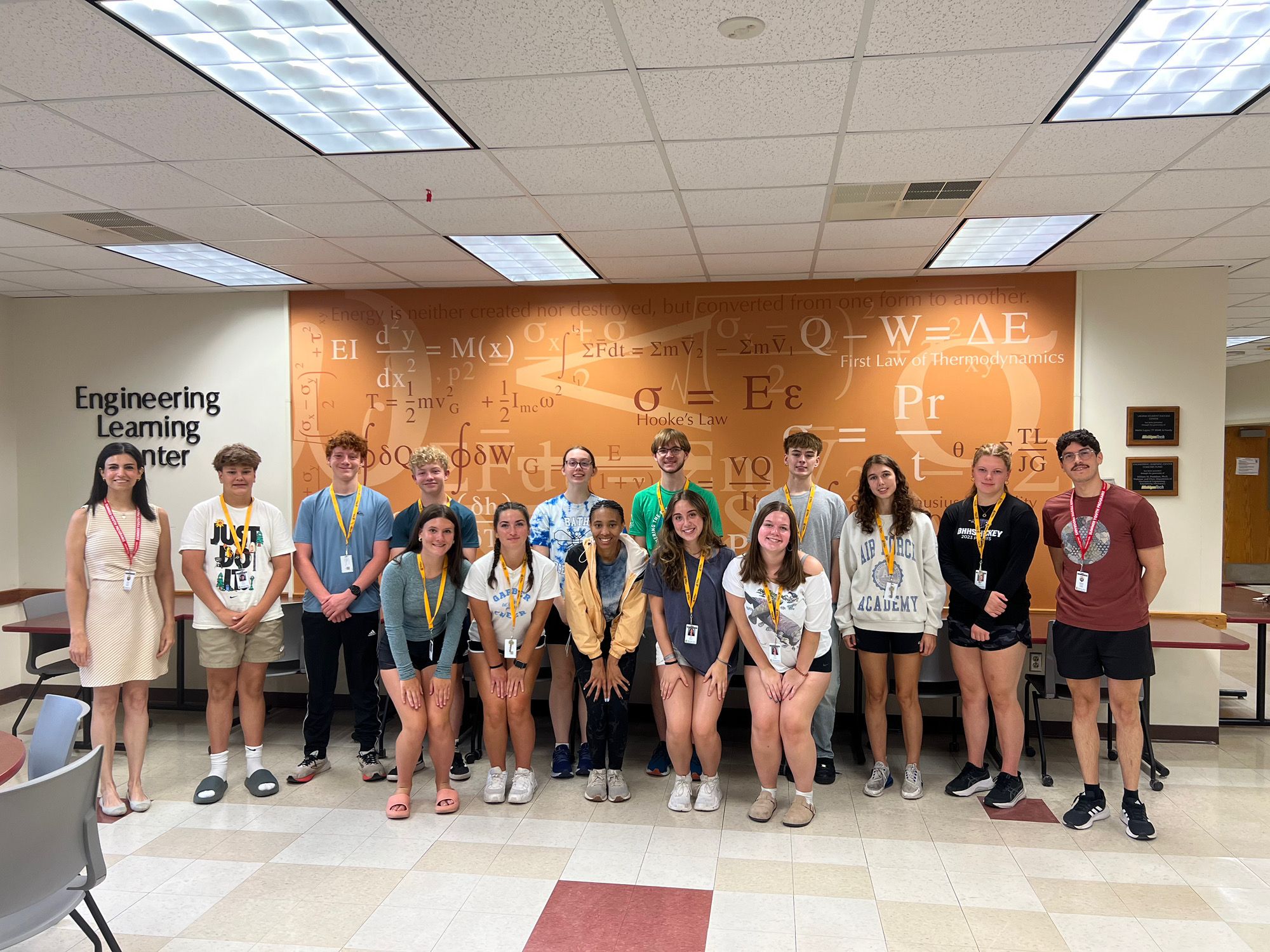
**Congratulations to PhD students Joseph Chibuike Nwokeafor and Ahmad Bshennaty, and undergraduate student Emily Hyatt in addition to Biofluids Lab alumni Dr. Brennan Vogl and Emily Vitale on their latest paper now published in the Journal of Computed Tompgraphy!
Vogl, Brennan J., Joseph Chibuike Nwokeafor, Emily Hyatt, Emily Vitale, Ahmad Bshennaty, Simon Lee, John Kovalchin, James Gaensbauer, Guy Hembroff, and Hoda Hatoum. “Flow dynamic differences between Kawasaki Disease patients with coronary artery aneurysms and ectasia.” Journal of Cardiovascular Computed Tomography (2025).
Link to paper: https://doi.org/10.1016/j.jcct.2025.07.003**
**Congratulations to PhD student Ahmad Bshennaty on his latest paper now published in Catheterization and Cardiovascular Interventions!
Bshennaty, A., Vogl, B. J., Saleh, G., Bavo, A. M., Sularz, A., Ghazal‐Aswad, K., … & Hatoum, H. (2025). Comparison of Flow Dynamics After Left Atrial Appendage Occlusion With the Watchman FLX Versus Amulet Devices: Implications for Device‐Related Thrombosis. Catheterization and Cardiovascular Interventions.
Link to paper: https://doi.org/10.1002/ccd.31710**
**We are going to ASME SB3C 2025 in New Mexico!
** Congratulations to PhD student Ahmad Bshennaty for being awarded the Blue Cross Blue Shield of Michigan Foundation student fellowship!**
** Congratulations to undergraduate student Hailey LaBonte for being awarded the Graduate Academic Excellence Award (GAEA)! Hailey will continue working on her MS thesis starting Fall 2025!**
** Congratulations to Hailey LaBonte and Grace Hoeppner who completed their BS in Biomedical Engineering with flying colors! Both will join the lab as MS students in the coming year!**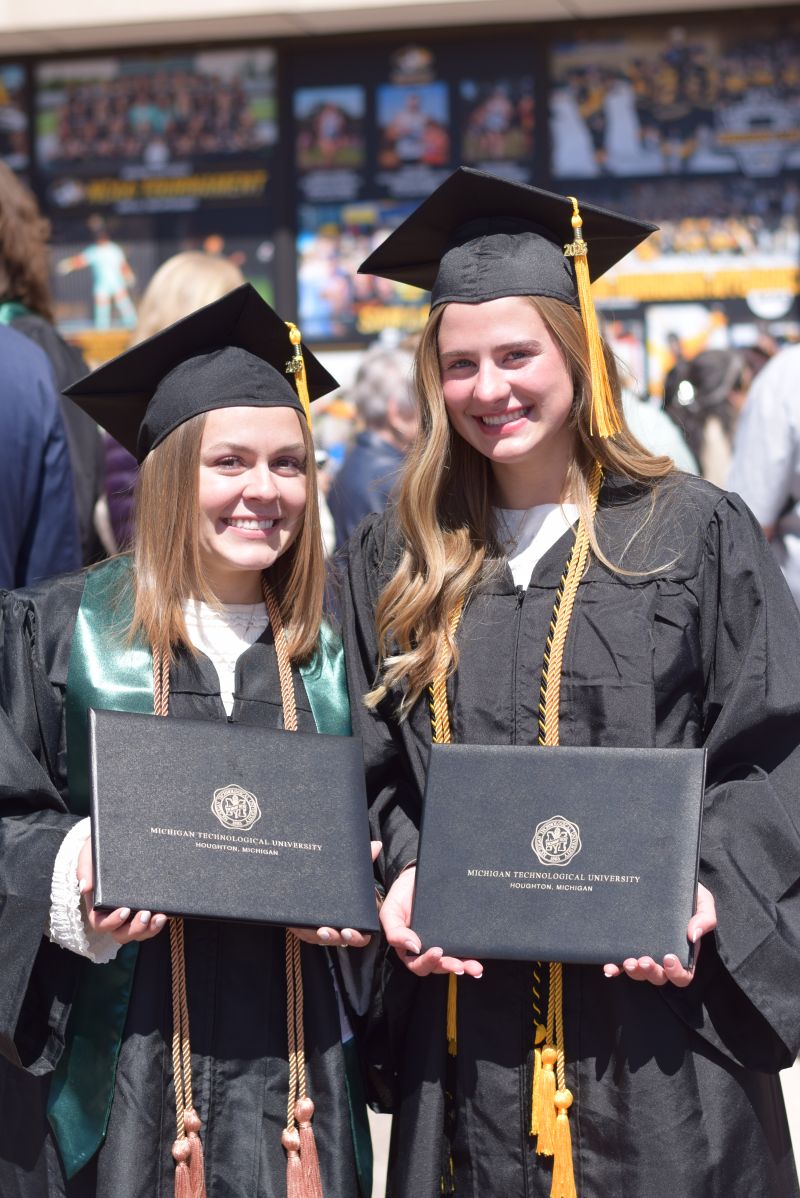
** Congratulations to graduate students Brennan Vogl and Ahmad Bshennaty for being awarded the Outstanding Graduate Student Research Award and the Outstanding Graduate Student Teaching Award, respectively from Michigan Technological University’s Graduate School this spring (2025)!**
** Congratulations to the undergraduate and graduate students of the Biofluids Lab for winning several departmental awards!**
** Congratulations to Dr. Hatoum for being selected for the Dean’s Teaching Showcase during the Spring of 2025!**
** Congratulations to Brennan Vogl for defending his doctoral dissertation and passing with flying colors!**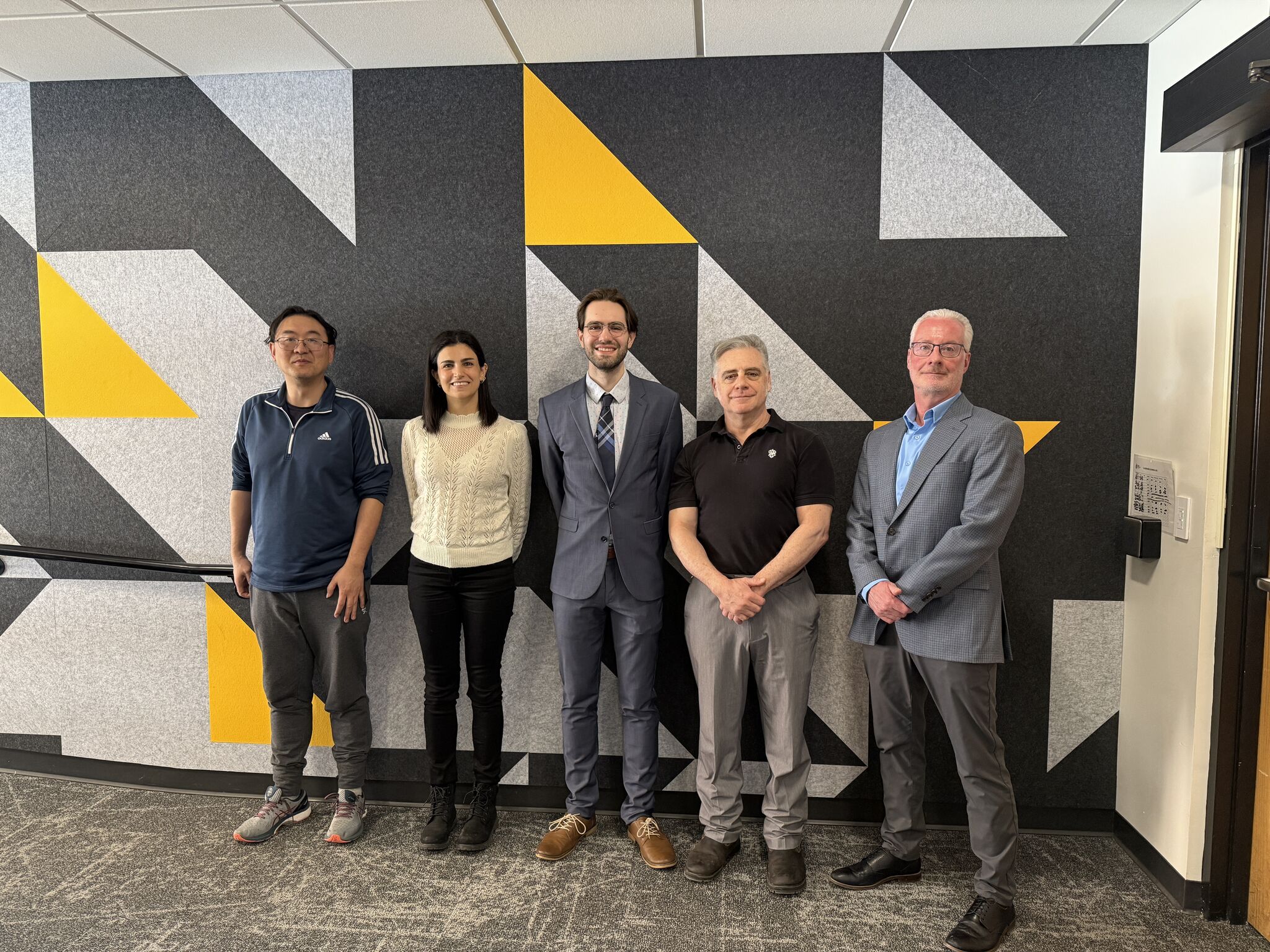
** Congratulations to undergraduate student Elise Zahrt for being awarded a Summer Undergraduate Research Fellowship (SURF)! Elise will work in the lab on exciting patient simulations related to atrial fibrillation disease and therapies!**
** Congratulations to PhD students Ahmad Bshennaty and Brennan Vogl on their latest publication in the Journal of Cardiovascular Translational Research titled “Sensitivity of Left Atrial Flow Dynamics to Echocardiographic and Computed Tomography Data”! Link to paper:
https://link.springer.com/article/10.1007/s12265-025-10598-y**
** Congratulations to PhD student, Ahmad Bshennaty, on winning the first place at the Health Research Institute Oral Presentations competition!**
** Congratulations to PhD student, Ahmad Bshennaty, on winning the first place at the Michigan Technological University’s 3MT competition!**
** PhD students, Brennan Vogl and Ahmad Bshennaty, presented 6 talks at Transcatheter Cardiovascular Therapeutics (TCT) conference 2024. Here is a summary of their talks below! Kudos to our undergraduate powerhouse Hailey LaBonte, Emily Hyatt, and Grace Hoeppner!**
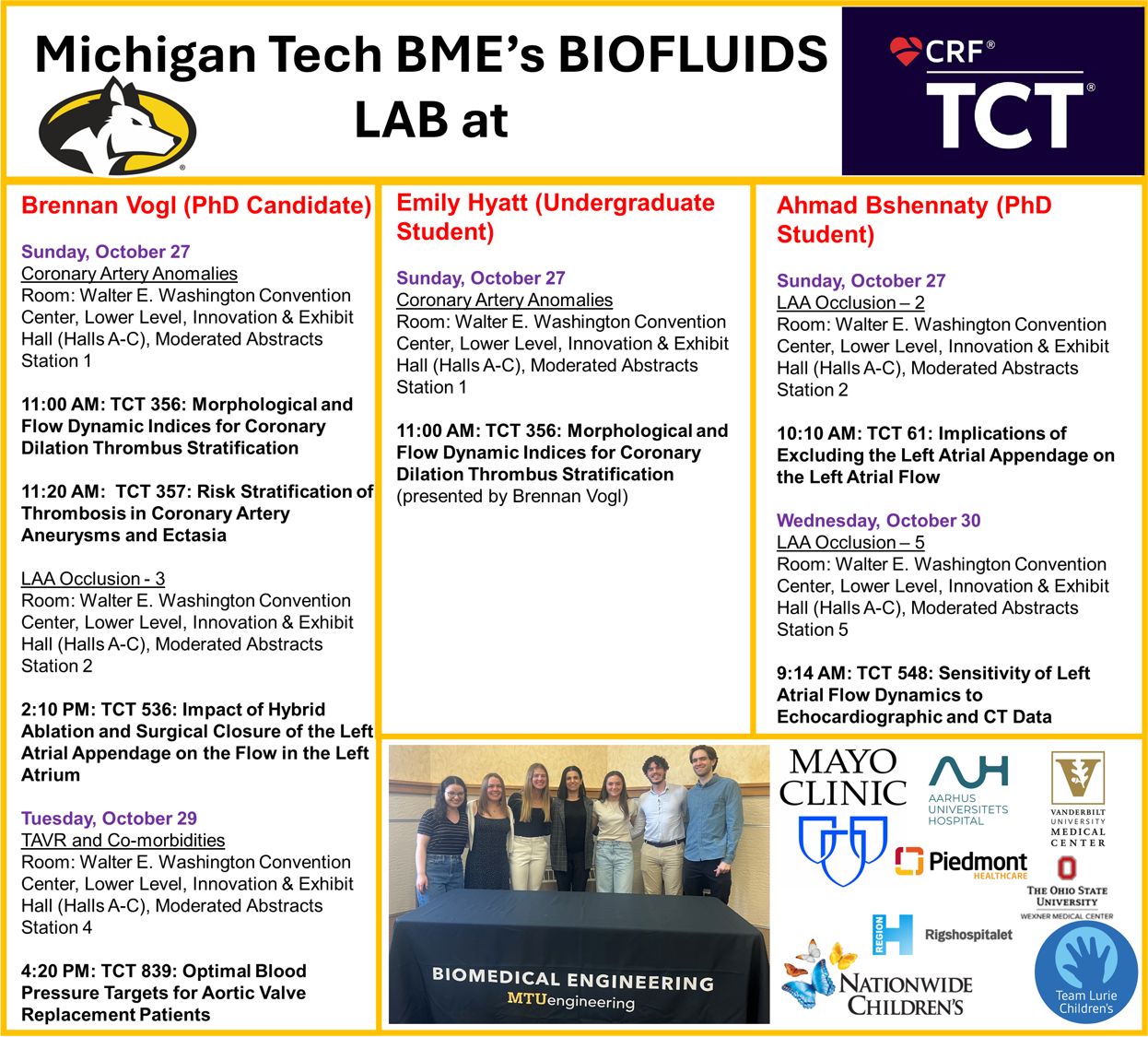
** BMES 2024 (Baltimore, MD) was splendid this year! Dr. Hatoum chaired 2 sessions: one on cardiac pathophysiology: Electrophysiology and Heart Valves and another one on Diversity, Equity and Inclusion!**
** Congratulations to PhD student Brennan Vogl and undergraduate student Emily Vitale (now graduated) on their latest publication in JACC: Advances titled “Flow Dynamic Factors Correlated With Device-Related Thrombosis After Left Atrial Appendage Occlusion”! Link to paper: https://www.jacc.org/doi/full/10.1016/j.jacadv.2024.101339**
** Congratulations to PhD student, Ahmad Bshennaty, on the 3rd place at the 2024 Computing MTU Poster Competition! Ahmad presented his work on the challenges in digital twin modeling. **
** Dr. Hatoum presented the work on predicting TAVR thrombosis at a webinar as part of the Translational Cardiovascular Research Seminar Series organized by Vivitro Labs and St. Paul’s Hospital in Vancouver. Link to the recording is under: https://www.youtube.com/watch?v=Qy6QH7GPFKA&ab_channel=ViVitroLabs **
** Congratulations to PhD student Brennan Vogl on his latest publication titled “Analysis of Energy and Pressure in the Sinus with Different Blood Pressures after Bioprosthetic Aortic Valve Replacement” now published in the Annals of Biomedical Engineering (ABME)! The paper can be found under: DOI :10.1007/s10439-024-03587-w **
** Congratulations to PhD student Ahmad Bshennaty on his first first-authored publication titled “Understanding the role of the left atrial appendage on the flow in the atrium” now published in Catheterization and Cardiovascular Interventions Journal! The paper can be found under: https://doi.org/10.1002/ccd.31153 **
** Dr. Hatoum was awarded an American Heart Association Innovative Project Award to develop a novel transcatheter mitral valve device and an animal model that represents mixed mitral valve disease. The project is titled “A Novel Transcatheter Mitral Valve Replacement Device” and is a potential 2 year project and is in collaboration with Mayo Clinic! **
** Our lab will be busy next week (June 11 – 14) at SB3C2024 with PhD students Brennan Vogl and Ahmad Bshennaty having posters and oral presentations to present. Dr. Hatoum is also chairing 2 sessions. **
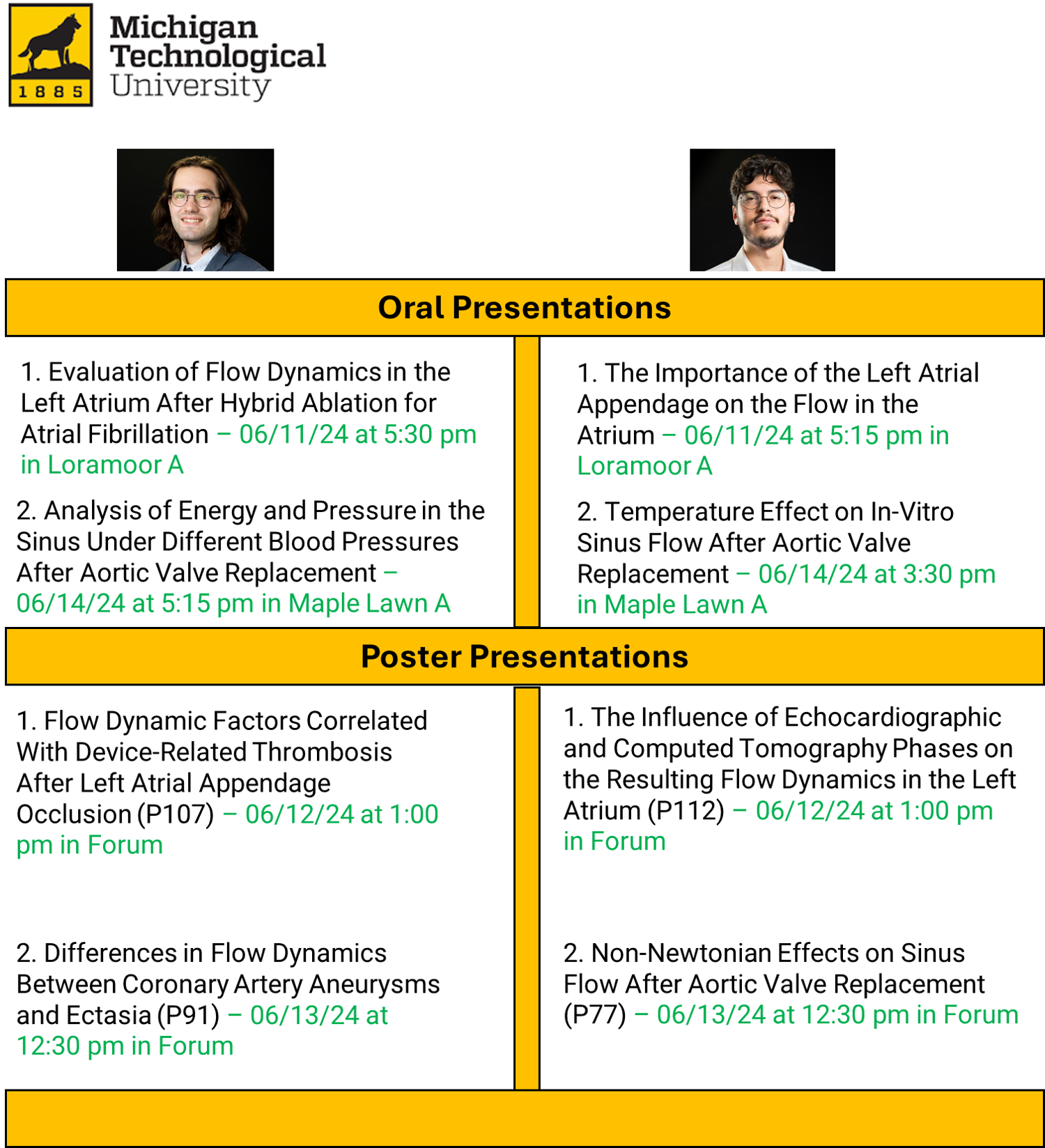
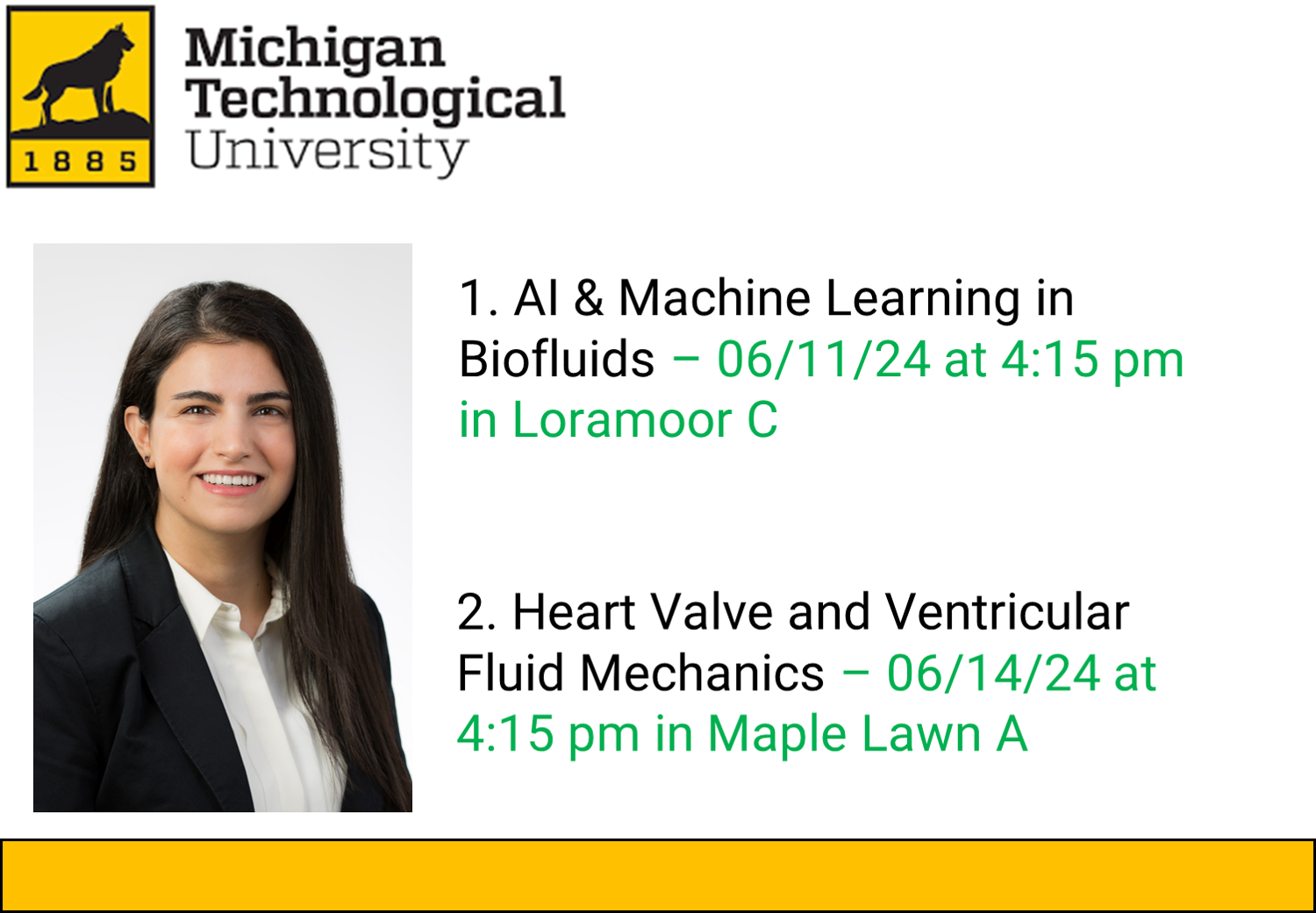
** Dr. Hatoum was awarded a Faculty Research Fellowship for the Fall for 2024 by the Institute of Computing and Cybersystems! The fellowship provides resources to buy out of a course and pursue funding opportunities with external sources. **
** Congratulations to Emily Vitale and Magen Radke on their graduation with a B.S. in Biomedical Engineering! We are so proud of you! **
** Congratulations to the fantastic Biofluids Lab research team who collected a few awards as part of the annual departmental awards.
Brennan Vogl for the outstanding teaching award
Emily Vitale for the graduating scholar award
Grace Hoeppner for the Michael Neumann research award
Emily Hyatt for the outstanding undergraduate student award **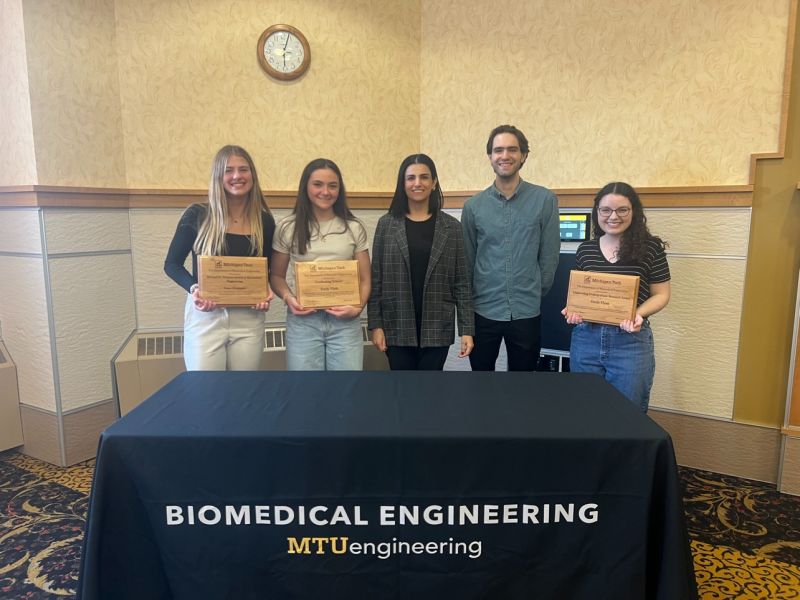
**Congratulations to undergraduate student Emily Hyatt on being awarded a SURF 2024 to conduct research on predicting thromboembolic outcomes in coronary artery aneurysms and ectasia! **
**Dr. Hatoum was awarded an American Heart Association Career Development Award to study device related thrombosis after left atrial appendage occlusion. The project is titled “Classification and Prediction of Thrombus Grades after Left Atrial Appendage Occlusion” and is a potential 3 year project! **
**A new paper by undergraduate student Magen Radke and PhD student Brennan Vogl is now published in the Journal of Biomechanical Engineering. The paper is titled “Integrating Cardiovascular Engineering and Biofluid Mechanics in High School STEM Education: An Experiential Approach” and can be found under: https://doi.org/10.1115/1.4064822**
**Congratulations to undergraduate student Grace Hoeppner on being awarded the Michigan Space Grant Consortium (MSGC) 2024 fellowship for this academic year! Grace will use this fellowship to improve the understanding of atrial fibrillation.**
**Dr. Hatoum was invited to present a talk on “Experimental Fluid Modeling of a Fetal Valve” at the Heart Valve Society (HVS 2024) conference in Boston on February 19, 2024. Dr. Hatoum also chaired a poster session on computational modeling. **
**A new paper featuring our group in collaboration with Mayo Clinic is now published in the Journal of the American Heart Association (JAHA). The paper is titled “Association of Bovine Arch Anatomy with Incident Stroke After Transcatheter Aortic Valve Replacement” and can be found under: https://doi.org/10.1161/JAHA.123.032963**
**A new paper by PhD student Brennan Vogl is now published in the Annals of Biomedical Engineering (ABME). The paper is titled “Effect of blood pressure levels on sinus hemodynamics in relation to calcification after bioprosthetic aortic valve replacement” and can be found under: https://doi.org/10.1007/s10439-023-03426-4**
**A new review article in collaboration with Mayo Clinic, Aarhus University and Copenhagen University medical centers is now published in JACC: Cardiovascular Interventions. The paper is titled “Device-Related Thrombus After Left Atrial Appendage Occlusion: Clinical Impact, Predictors, Classification, and Management” and can be found under: https://doi.org/10.1016/j.jcin.2023.10.046**
**A new paper by PhD student Brennan Vogl is now published in the Structural Heart Journal. The paper is titled “Differential Impact of Blood Pressure Control Targets on Epicardial Coronary Flow After Transcatheter Aortic Valve Replacement” and can be found under: https://doi.org/10.1016/j.shj.2023.100230**
**We were excited to host Dr. Simon Lee, one of our long time collaborators, at the Upper Peninsula Conference on October 28, 2023.**
**Dr. Hatoum presented a summary of our lab’s work at the MTU/MSU symposium on October 27, 2023**
**PhD student, Brennan Vogl, presented 3 talks at TCT 2024 in San Francisco from October 23 – 26, 2023. **
**Dr. Hatoum was invited to give a virtual talk in the Mississippi State University “Intelligent Medical Decision Making” seminar series on October 04, 2023. **
**Dr. Hatoum was invited to present at the Mayo Clinic on September 22, 2023. It was a great opportunity to collaborate and touch base on ongoing projects.**
**We welcomed a new PhD student, Ahmad Bshennaty, into our team. Ahmad will be working on non-Newtonian flow dynamics and on problems related to stroke after TAVR. We are excited to see all the work he will do! **
**Dr. Hatoum was invited to present at the Gordon Research Conference on Biomechanics in Vascular Biology and Disease at Mount Holyoke College, MA. The talk was on Hemodynamic Interplay of Blood Pressure, Valve Performance and Epicardial Coronary Flow. Dr. Hatoum was awarded a Young Investigator Award.**
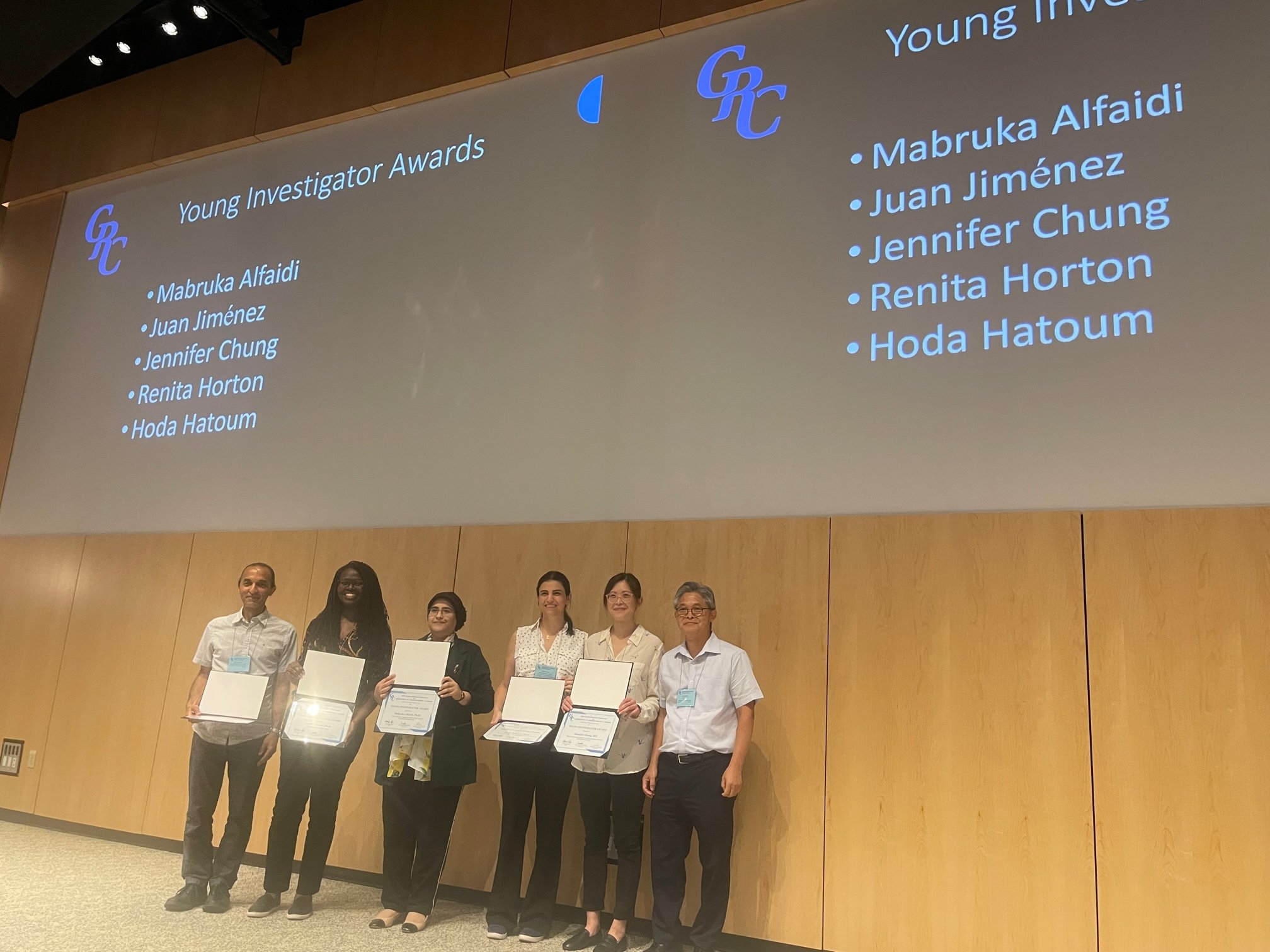
**Our lab attended SB3C 2023 in Vail, Colorado and presented 3 oral presentations and 1 poster. Congratulations to PhD candidate Brennan Vogl for doing great work and representing our lab extremely well at the conference! **
**Our lab was awarded $10,000 rapid seedling research award from the GLRC and ICC! **
**Our paper “Computational Modeling to Guide Structural Heart Interventions: Measure Twice (or Thrice) But Cut Once” is now published in JACC: Cardiovascular Interventions! https://doi.org/10.1016/j.jcin.2023.01.006 **
**Congratulations to PhD candidate Brennan Vogl for being awarded the PhD research award and undergraduate student Emily Vitale for being awarded the Michael R. Neuman research award! **

**Dr. Hoda Hatoum was awarded a $200,000 engineering research initiation grant from the National Science Foundation (NSF)! The project is titled “ERI: Non-Newtonian blood analogs and effect of their rheology on physiological flow stasis in heart valve applications.” This is a potential two-year project. **
**Our paper titled “Effect of Beta Blockers on the Hemodynamics and Thrombotic Risk of Coronary Artery Aneurysms in Kawasaki Disease” is now published in the Journal of translational Cardiovascular Research. In this study, we ran computational simulations to investigate the role of beta blockers on the resulting flow dynamics and thrombosis risk in coronary artery aneurysms in Kawasaki Disease.
Link to paper: https://doi.org/10.1007/s12265-023-10370-0**
**PhD candidate Brennan Vogl was awarded second place for his oral presentation at the Health Research Institute (HRI) Student Forum! This presentation was on our work investigating device related thrombosis after left atrial appendage occlusion using a combined finite element analysis and computational fluid dynamics approach. Congratulations Brennan! https://blogs.mtu.edu/engineering/2023/03/07/engineering-students-sweep-the-oral-presentations-at-the-2023-health-research-institute-forum/ **
**Our editorial “Computational Modeling to Guide Structural Heart Interventions: Measure Twice (or Thrice) but Cut Once” is now published in JACC: Cardiovascular Interventions. Link to paper: https://www.jacc.org/doi/10.1016/j.jcin.2023.01.006
**Our commentary “The impact of local blood residence time in neo-sinus on post transcatheter aortic valve replacement subclinical leaflet thrombosis—a commentary” is now published in the journal of Interdisciplinary CardioVascular and Thoracic Surgery.
Link to paper is here: https://academic.oup.com/icvts/article/36/1/ivad012/6992643
**Our paper titled “Effect of Aortic Curvature on Bioprosthetic Aortic Valve Performance” where we ran in-vitro experiments and assessed the pressure recovery in physiological aortic curvatures in the presence of a transcatheter aortic valve is now published in the Journal of Biomechanics. Congratulations to Brennan Vogl and to former Biofluids Lab student Rajat Gadhave on this great work!
Link to paper is here: https://doi.org/10.1016/j.jbiomech.2022.111422 **
**Congratulations to Brennan Vogl for passing his candidacy examination! **
**Dr. Hatoum and PhD student Brennan Vogl attended BMES 2022 in San Antonio from October 12 to 15. Brennan gave an oral presentation on his work on thrombus prediction after implantation of a Watchman device (oral presentation), and presented 2 posters; one on the aortic arch hemodynamics and stroke potential and another on a case study of decreased coronary flow after transcatheter aortic valve replacement. Dr. Hatoum presented a poster on the effect of beta blockers therapy on coronary artery aneurysms hemodynamics**
**We had a blast at #TCT2022! Brennan Vogl and Alireza Asadbeygi presented their work on left atrial appendage occlusion DRT and coronary aneurysms thrombosis risk assessment, respectively. We had the chance to meet our collaborators (face to face for the 1st time and after a while!) and attend plenty of talks, live cases and clinical trials results. **
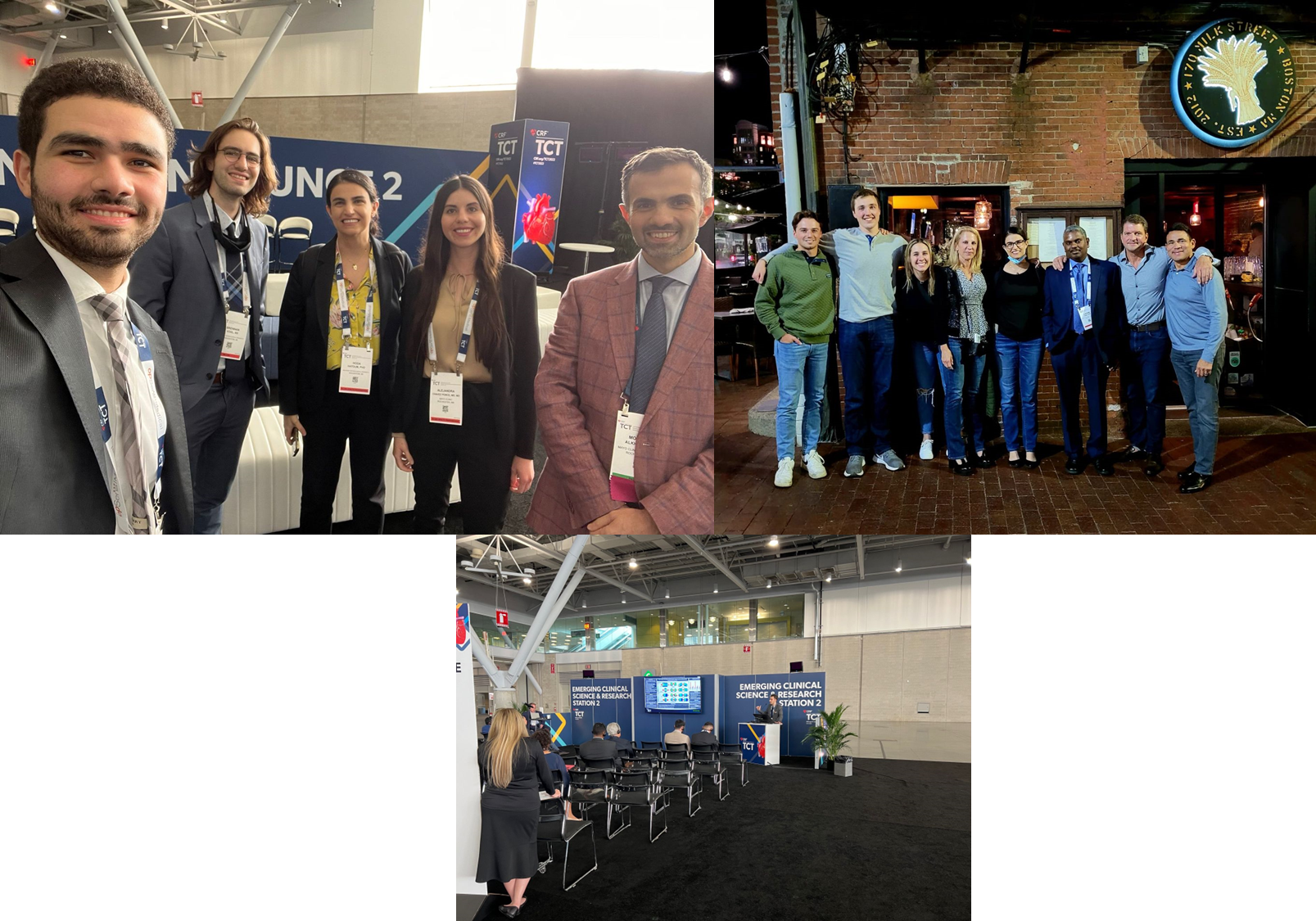
**Congratulations to PhD student Brennan Vogl on being awarded a fellowship for Fall 2022 by the Health Research Institute (HRI)!**
**Our paper titled “Predicting hemodynamic indices in coronary artery aneurysms using response surface method: An application in Kawasaki disease” where we developed regression models can be used to ultimately assess the thrombotic risk of coronary artery aneurysm cases from the hemodynamic perspective is now published in Computer Methods and Programs in Biomedicine Journal! Congratulations to PhD student Alireza Asadbeygi on his first publication! Link to paper is here: https://www.sciencedirect.com/science/article/pii/S0169260722003893?dgcid=author**
**Dr. Hatoum presented was invited to present a talk titled “Predicting Outcomes After Transcatheter Aortic Valve Replacement” in the World Congress of Biomechanics (WCB) 2022**
**Huge congratulations to PhD students Brennan Vogl and Alireza Asadbeygi for being awarded the Blue Cross Blue Shield of Michigan Foundation student awards! Excited for them to keep the great work! https://www.bcbsm.com/content/dam/microsites/foundation/Documents/bcbsm-foundation-2022-grant-highlights.pdf **
**PhD students Brennan Vogl and Alireza Asadbeygi attended SB3C 2022 in Maryland and presented their work.
Alireza presented his work “Predicting Hemodynamic Indices in Coronary Artery Aneurysms Using Response Surface Method: An Application in Kawasaki Disease” in the PhD-Level Student Paper Competition Session 1: Biofluid Mechanics and Cardiovascular Imaging.
Brennan Vogl presented: (1) Predicting Valve Performance Using Logistic Regression in the Special Session in Honor of Dr. Ajit Yoganathan and (2) Effect of Aortic Curvature on Bioprosthetic Aortic Valve Performance in the Device and Treatment Implications session.
Dr. Hatoum had a presentation on “Flow Dynamic Differences Between Self-Expanding and Balloon Expandable Transcatheter Aortic Valves” in Dr. Yoganathan’s special session.
Brennan Vogl also presented 2 posters: (1) Flow Dynamics Assessment in a Physiological Aortic Arch Using a Validated Computational Framework and (2) Left Atrial Hemodynamics after Catheter Ablation.
Photo credits: Shelley Chee-Mei Gooden**
**Congratulations to PhD student Brennan Vogl on being awarded the DeVlieg Foundation Fellowship 2022! The Graduate Dean Awards Advisory Panel and dean were impressed with Brennan’s research, publication record, and contribution to the mission of Michigan Tech.
**Our paper “Comparison of Catheterization Versus Echocardiographic Based Gradients in Balloon Expandable Versus Self Expanding Transcatheter Aortic Valve Implantation” by Michael Biersmith, Nader Makki, Hoda Hatoum et al. is now published in The Journal of Invasive Cardiology. The link to the paper can be found here: https://www.hmpgloballearningnetwork.com/site/jic/comparison-catheterization-versus-echocardiographic-based-gradients-balloon-expandable**
**Our paper “A Preliminary Study on the Usage of a Data-Driven Probabilistic Approach to Predict Valve Performance Under Different Physiological Conditions” by Vogl et al. where we present a data driven statistical model that can estimate the probability of a valve not meeting the “safe” pressure gradient (≤ 20 mmHg) under certain physiological conditions using logistic regression is now published in the Annals of Biomedical Engineering (ABME). The link to the paper can be found here: https://link.springer.com/article/10.1007/s10439-022-02971-8**
**Our paper titled “Controlling the Flow Separation in Heart Valves Using Vortex Generators” where we numerically investigated the impact of various Vortex Generators (VG) configurations on a Bileaflet Mechanical Heart Valve (BMHV) to elucidate the underlying flow physics for further understanding of blood damage is now published in the Annals of Biomedical Engineering (ABME). The link to the paper can be found here: https://link.springer.com/article/10.1007/s10439-022-02966-5**
**Our paper titled “Effects of MitraClip Therapy on Mitral Flow Patterns and Vortex Formation: An In Vitro Study” where we assessed the diastolic hemodynamic differences in the flow field in the vicinity of the valve post-MitraClip repair is now published in the Annals of Biomedical Engineering (ABME). The link to the paper can be found here: https://link.springer.com/article/10.1007/s10439-022-02944-x**
**Congratulations to undergraduate student Nick Niemi for starting as a junior biomedical engineer intern at DASI Simulations in Dublin, Ohio! **
**Congratulations to PhD student Brennan Vogl on being awarded the PhD graduate Research Excellence Award and undergraduate student Nick Niemi on the Michael R Neuman Award! So proud of their great contributions to research!**
**Congratulations to PhD student Brennan Vogl on winning the 2nd place for poster presentations at the Graduate Research Colloquium Presentations**
**Our paper titled “Effect of catheter ablation on the hemodynamics of the left atrium” where we explored how patient history, flow dynamics and geometry can help identify the population that is best suited for atrial fibrillation ablation is now published in the Journal of Interventional Cardiac Electrophysiology! Congratulations to PhD student Brennan Vogl on another great study. Link to paper is here: https://link.springer.com/article/10.1007/s10840-022-01191-3**
**PhD student Brennan Vogl had an oral presentation at Heart Valve Society (HVS 2022, Miami, FL) titled “Impact Of Blood Pressure Conditions On Coronary Perfusion And Hemodynamics After Aortic Valve Replacement”.
**Dr. Hatoum had an invited talk at Heart Valve Society (HVS 2022) titled “Future Valve Designs to Mitigate Valve Thrombosis”.
**Congratulations to PhD student Alireza Asadbeygi on being a finalist for 2022 ASME-BED/SB3C Student Paper Competition PhD-level! Alireza will present his work as an oral presentation in Maryland in June 2022**.
Take a tour in the Biofluids Lab and get to know what we do! Check the link below:
Dr. Hatoum and Brennan were hosts on Valentine’s Day’s Husky Bites. You can check the recording of the session and the blog under the links below:
**Congratulation to PhD student Brennan Vogl on being awarded 2 travel awards from GSG and HRI to present his work on blood pressure influence after aortic valve replacement on coronary perfusion at the Heart Valve Society (HVS 2022) conference!
**Our paper “Flow dynamics in the sinus and downstream of third and fourth generation balloon expandable transcatheter aortic valves” is now published in the Journal of Mechanical Behavior of Biomedical Materials (JMBBM). Congratulations to PhD student Brennan Vogl! Link to the paper is here: https://doi.org/10.1016/j.jmbbm.2022.105092
**Our paper “Impact of blood pressure on coronary perfusion and valvular hemodynamics after aortic valve replacement” is now published in Catheterization and Cardiovascular Interventions (CCI) Journal. Congratulations to PhD student, Brennan Vogl, on his second first-authored paper this year! Link to the paper is here: https://onlinelibrary.wiley.com/doi/10.1002/ccd.30052
**Dr. Hatoum was awarded a Research Excellence Fund (REF) research seed proposal to study hemodynamic factors associated with thromboembolic risk in Kawasaki Disease.
**Our paper “Predictive Model for Thrombus Formation After Transcatheter Valve Replacement” is now published in Cardiovascular Engineering and Technology (CVET).
https://www.sciencedirect.com/science/article/pii/S193687982101757X?dgcid=author
**Congratulations to Brennan Vogl for his first first-authored publication “Impact of calcific aortic valve disease on valve mechanics” in the Biomechanics and Modeling in Mechanobiology (BMMB) journal.
https://link.springer.com/article/10.1007/s10237-021-01527-4
**Our paper “Neosinus and Sinus Flow After Self-Expanding and Balloon-Expandable Transcatheter Aortic Valve Replacement” is now published in JACC: Cardiovascular Interventions journal.
https://www.sciencedirect.com/science/article/pii/S193687982101757X?dgcid=author
**PhD student Brennan Vogl had an oral presentation on “Hemodynamic Assessment Of The New Generation Balloon Expandable Transcatheter Aortic Valve” at BMES 2021.
**PhD student Brennan Vogl had a poster presentation that aims at “Evaluating the impact of ablation on atrial hemodynamics” at BMES 2021.
**PhD student Brennan Vogl and undergraduate student Nick Niemi had a poster presentation on “Effect Of Blood Transfusions On Silent Cerebral Infarctions In Sickle Cell Disease Patients” at BMES 2021.
**Dr. Hatoum had an oral presentation on “Neo-Sinus and Sinus Flows After Transcatheter Aortic Valve Implantation of Evolut, SAPIEN 3, Acurate Neo, and Allegra” at SB3C 2021.
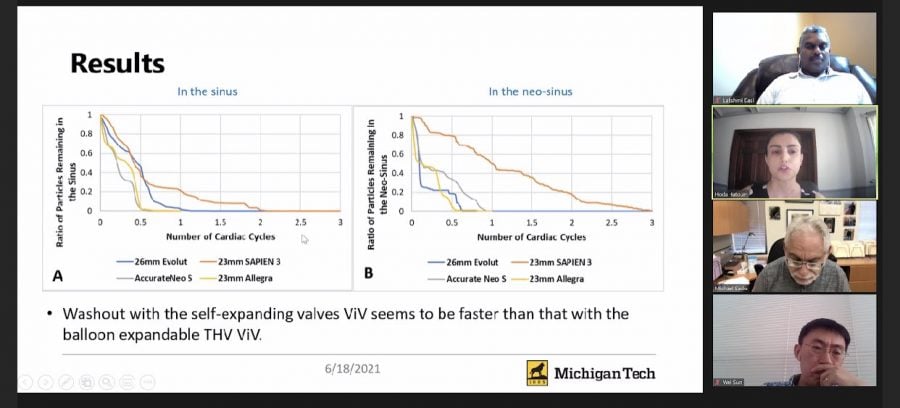
**Brennan Vogl presented his work on the “Effect of Blood Pressure Conditions on Transcatheter Aortic Valve Performance and Coronary Flow” at SB3C 2021.
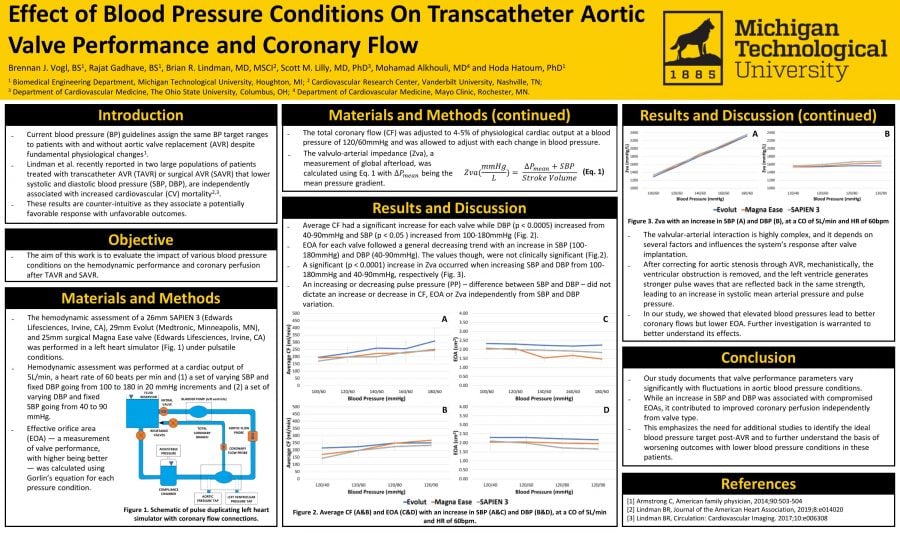
**Dr. Hatoum received an honorable mention at the American College of Cardiology (ACC 2021) Young Investigator Awards: Basic and Translational Science. The talk was on a novel thrombosis predictive model after transcatheter aortic valve replacement.
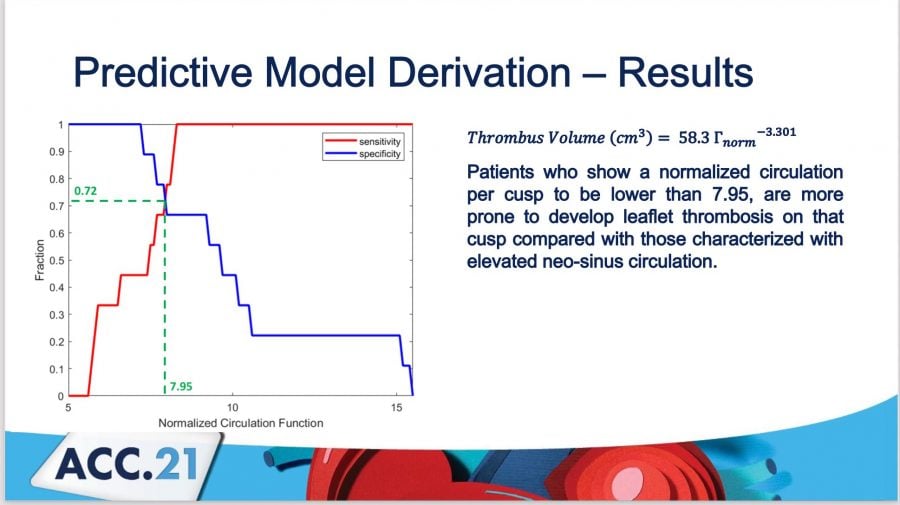
**Dr. Hatoum was awarded the Summer of Biomechanics, Bioengineering and Biotransport (SB3C) 2021 Diversity Participation Award. This award has been funded by the Georgia Tech Parker H Petit Institute for Bioengineering and Biosciences.
**Nick Niemi was awarded a SURF award to continue working on a novel transcatheter mitral valve device. Congratulations Nick! https://www.mtu.edu/research/about/awards/surf/
